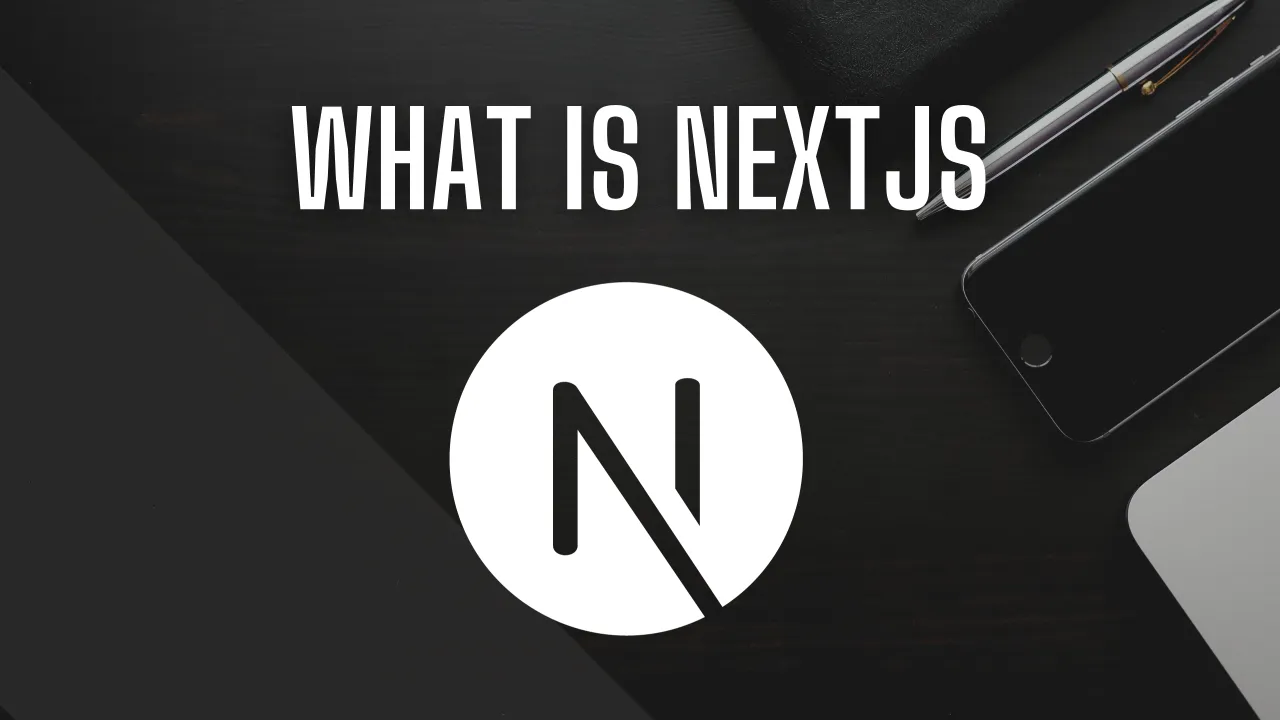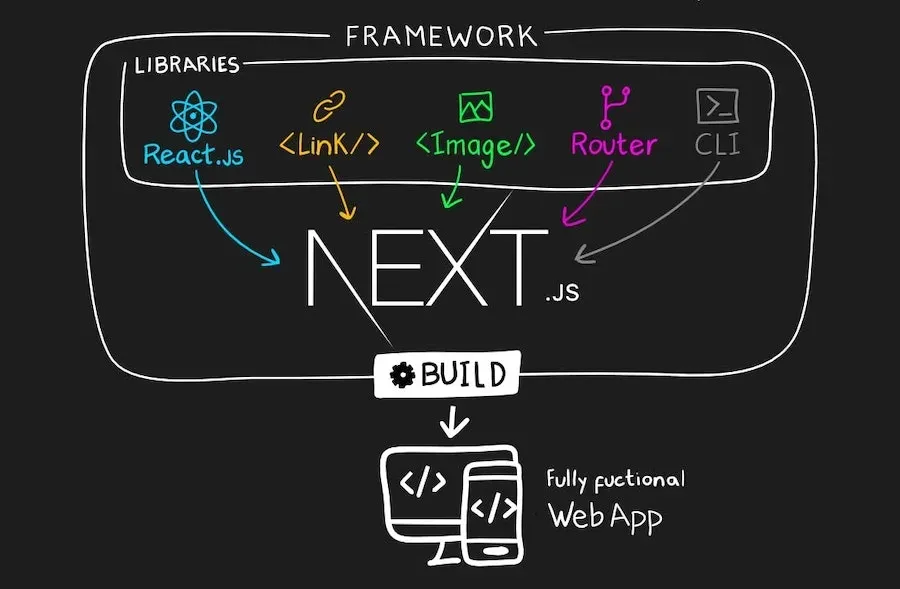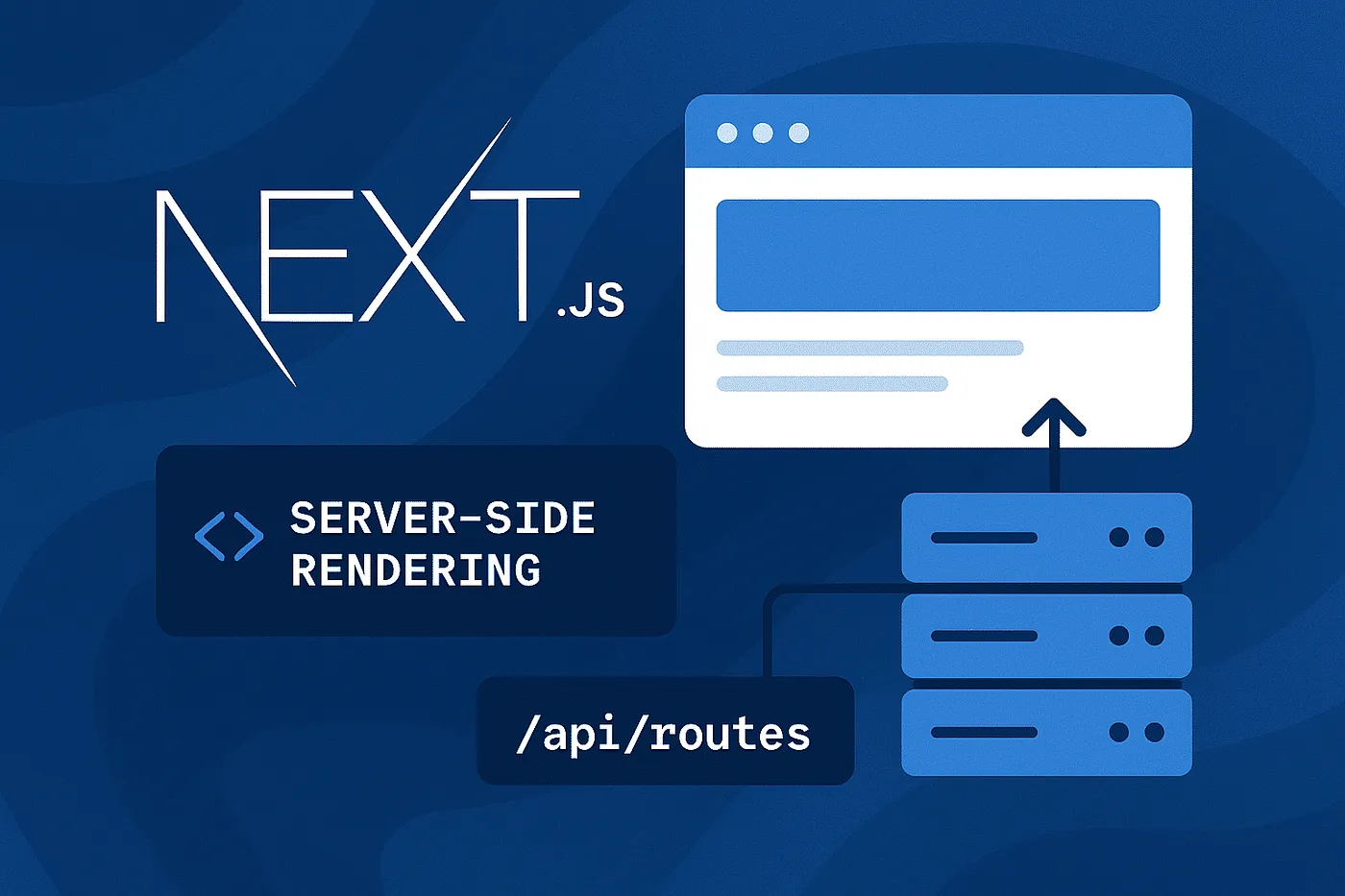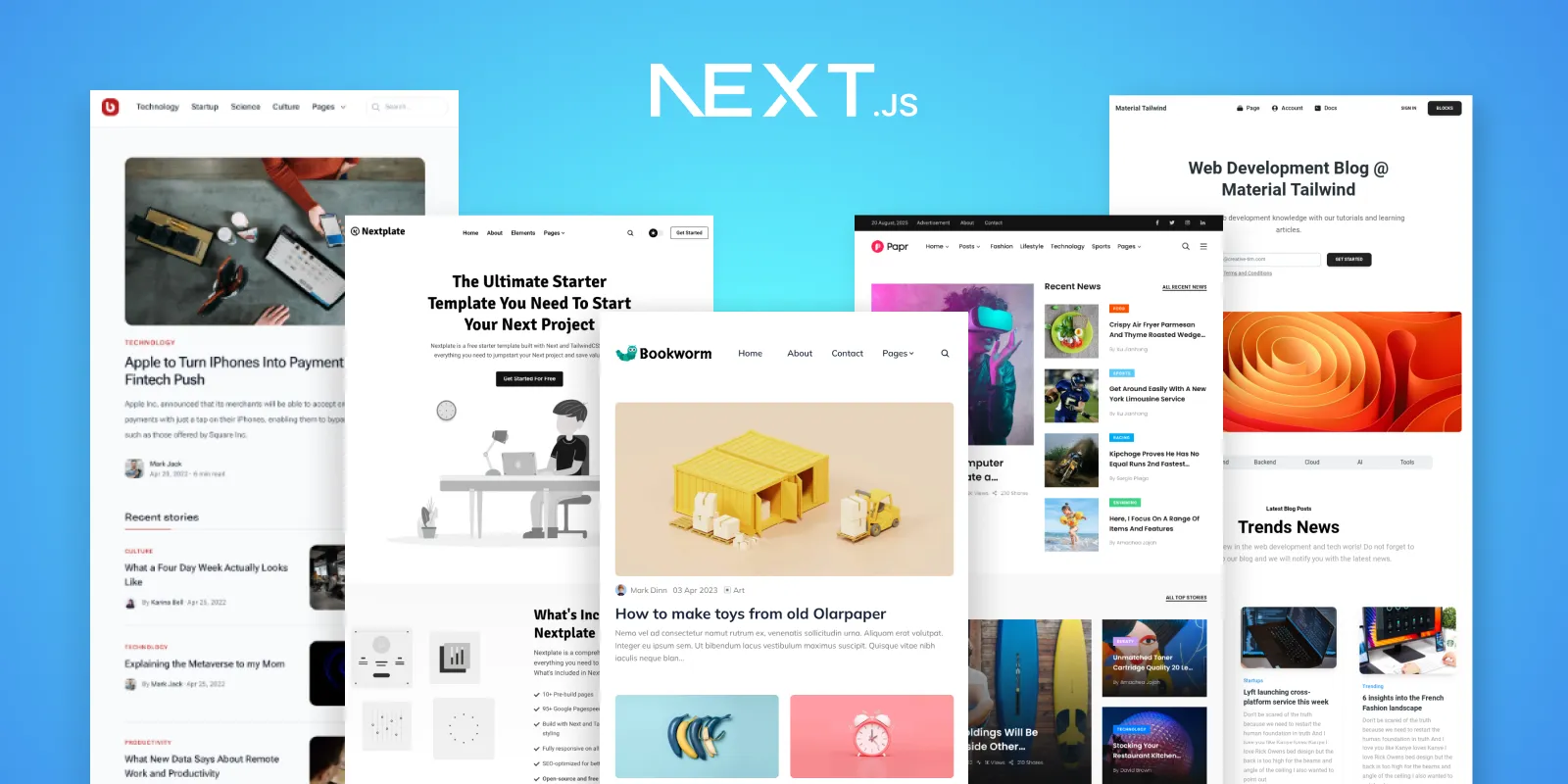In the ever-evolving world of web development, building fast, SEO-optimized applications that deliver a great user experience is a top priority. React has emerged as a powerful JavaScript library for building user interfaces, but as projects grow more complex, developers need more. This is where Next.js steps in—not just as a supporting tool, but as a true game-changer.

So what exactly is Next.js? Why is it so beloved by developers worldwide? Let’s explore in detail in this article!
What is Next.js? The Key to Modern Web Development 🚀
Next.js is an open-source React framework, built by Vercel, for developing modern, production-ready web applications.
To make it easier to understand:
- React is like a library that gives you powerful building blocks (components) to construct the walls of your house (UI). You have total freedom, but you must design the foundation, plumbing, and roof (routing, data fetching, optimization) yourself.
- Next.js is a solid house frame—a complete architectural blueprint with everything integrated. It not only provides React "bricks," but also built-in routing, optimal rendering methods, image optimization, and many other pre-configured features. You just focus on "building" and "decorating" your house quickly and efficiently.

In short, Next.js doesn’t replace React—it builds on and extends React, providing a strong structure and toolset to solve common web development challenges.
Why Was Next.js Created? The Problems It Solves
To understand Next.js’s value, let’s look at the challenges of a pure React app:
- SEO Issues: Traditional React apps are Single Page Applications (SPA) using Client-Side Rendering (CSR). The browser loads a big JavaScript file, then JavaScript "draws" the HTML content. Google bots and other search engines may struggle to read and index such content, leading to poor SEO results.
- First Page Load Performance: Since the browser must load and execute JavaScript before showing anything, users may see a blank page for several seconds—especially on slow connections.
- Complex Configuration: To build a complete app, you must configure routing, code-splitting, server optimization, etc., by hand. This takes time and deep knowledge.
Next.js was created to solve these problems from the start.
The "Magic" That Made Next.js Famous ✨
Next.js’s power comes from its outstanding built-in features, helping developers solve complex problems with ease.

1. Hybrid Rendering (Multiple Rendering Modes)
This is Next.js’s core and most valuable feature. You can choose how to render each page, depending on your needs.
- Static Site Generation (SSG):
- How it works: The HTML is generated once at build time.
- Benefits: Super fast, as users get static HTML instantly. Ideal for rarely changing pages like blogs, landing pages, about pages, documentation.
- Server-Side Rendering (SSR):
- How it works: Every time a user requests a page, the server generates fresh HTML and returns it to the browser.
- Benefits: Perfect for pages with frequently changing content that need the latest data (e.g., user profiles, breaking news). 100% SEO-friendly as bots always get full HTML.
- Incremental Static Regeneration (ISR):
- How it works: A smart mix of SSG and SSR. The page is generated statically at first, but is "re-generated" automatically after a set interval (e.g., every 60 seconds).
- Benefits: You get the speed of static pages and content that’s never too old. Perfect for e-commerce, high-traffic news sites.
2. File-based Routing
No need to install extra router libraries. Your folder structure is your URL structure.
- Creating
pages/about.jsautomatically creates the/aboutroute. - Creating
pages/products/[id].jsautomatically creates dynamic routes like/products/123.
This system is extremely intuitive and easy to manage.
3. API Routes (Build APIs Right in Next.js)
Next.js lets you build API endpoints right in your project by creating files in the pages/api folder. This means you can build a full-stack app with just Next.js—no separate backend server needed for simple tasks like form handling or database connections.
4. Image Optimization
With the built-in <Image> component, Next.js automatically optimizes your images:
- Automatically resizes images for each device.
- Converts to modern formats like WebP to reduce file size.
- Lazy loading: Only loads images when users scroll to them.
All of this greatly improves page load speed and performance scores.
When Should You "Entrust" Your Project to Next.js?
Next.js is a great choice for most modern web projects, especially:
- E-commerce sites: Need good SEO for product pages (SSG/ISR) and dynamic features for carts, accounts (SSR/CSR).
- Blogs, News, Marketing sites: Top priorities are SEO and fast load times to attract readers.
- Landing Pages: Need the fastest possible speed.
- Complex web applications: Like dashboards, social networks that need flexible rendering modes.

However, if your project is an internal app, doesn’t need SEO, and only runs behind a login screen (e.g., a simple admin dashboard), plain React may be enough.
How to Get Started with Next.js?
Starting a Next.js project is super simple. Once you have Node.js installed, open your terminal and run:
npx create-next-app@latest
This command creates a complete Next.js project with a standard folder structure, ready for you to start coding right away.
Conclusion: Is Next.js the Future?
With strong backing from Vercel, a huge community, and a constantly evolving roadmap, Next.js is proving itself not just as a framework, but as a comprehensive ecosystem for building the web.
It not only solves React’s inherent problems but also gives developers a smooth, efficient, and enjoyable development experience. If you’re a React developer, learning and using Next.js is almost a natural and essential step to take your products to the next level in the modern web landscape.
![[Next.js Tutorial] Dynamic Routes: How to Use and Optimize](/images/blog/dynamic-routes-in-nextjs.webp)
![[Next.js Tutorial] Caching: The Secret to Making Your Website 10x Faster](/images/blog/caching-in-nextjs.webp)
![[Next.js Tutorial] Server Components vs. Client Components: When to Choose Which?](/images/blog/server-components-and-client-components-in-nextjs.webp)
![[Next.js Tutorial] The Complete Guide to Styling: Which Option is Best for You?](/images/blog/styling-in-nextjs.webp)